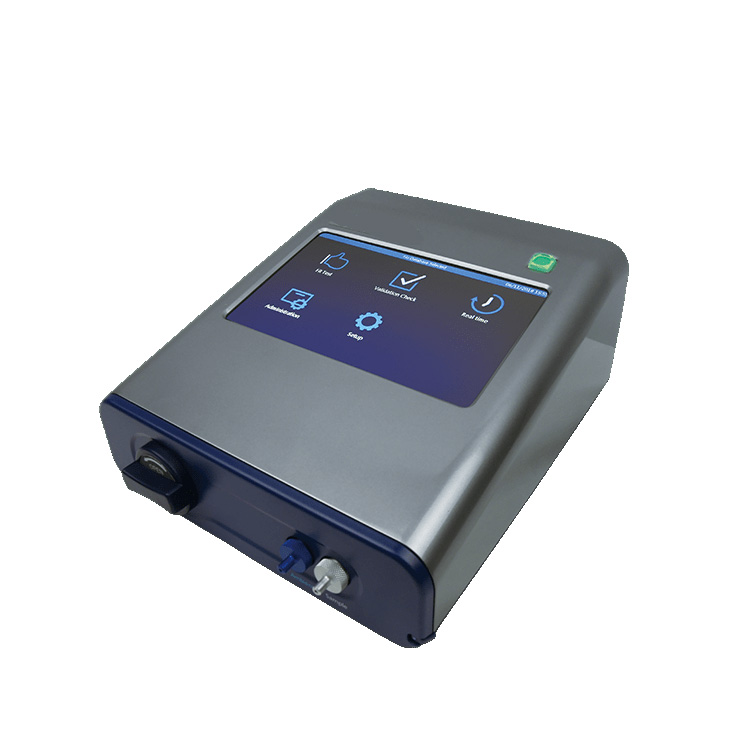Because of COVID-19 pneumonia, masks will become a popular product in 2020. With it, there is a large shortage of masks, and the number of mask manufacturers increases. However, the mask testing equipment is also an important part in the process of making and selling masks, and only qualified masks can have protective effect.
Breath Mask Air Tightness Resistance Tester used to test the airtight performance of breathing valve of mask.Qinsun has ten years' experience in production and design of mask detection equipment. Many questions about testing and using the mask and respirator breaking resistance tester have always been concerned by everyone, and the following is an explanation for everyone.

Mask and Respirator Breathing Resistance Tester Product features
1. The instrument has its own touch screen, and the operation is completed on the touch screen, which is simple and quick.
2. Connect the expiratory valve and the instrument. The test process is divided into two steps: system airtightness test and expiratory valve airtightness test. Users can choose according to their needs to reduce the repeated systematic test process and improve the test efficiency.
3. The touch screen can visually display the test results, bring its own printing, store it by itself, and bring its own temperature and humidity sensor
7. The printed results include temperature and humidity conditions, time, product type, test results, etc., which are convenient for comparison and recording.
Protective Mask testing equipment Test method for air tightness of exhalation valve:
1. after sealing the constant volume cavity with airtight inspection cover, pump the system to 1180Pa negative pressure, and no pressure change should be observed within 2min after closing the control valve.
2. Install the sample to be tested on the constant volume cavity, and ensure the sealing. Make the system reach 1250Pa negative pressure at the pumping rate of not more than 500mL/min, and close the control valve.
3. Start timing when the negative pressure of the system drops to 1180Pa, and record whether the time required for the system to return to normal pressure is less than 20 s.
Test method of expiratory valve cover: fix the expiratory valve cover and mask body of the tested sample with appropriate clamps (the fixing points should be reasonably close to the corresponding connecting parts). Start the material testing machine, apply tensile force and record whether there is fracture, slippage and deformation.
Airtightness test method: Put the mask on the matching test head mold, seal the inspiratory valve and wet the expiratory valve. Start the vacuum pump to make the negative pressure in the mask reach 1000Pa, stop pumping, start timing, observe and record the negative pressure drop value in the mask within 60s.
